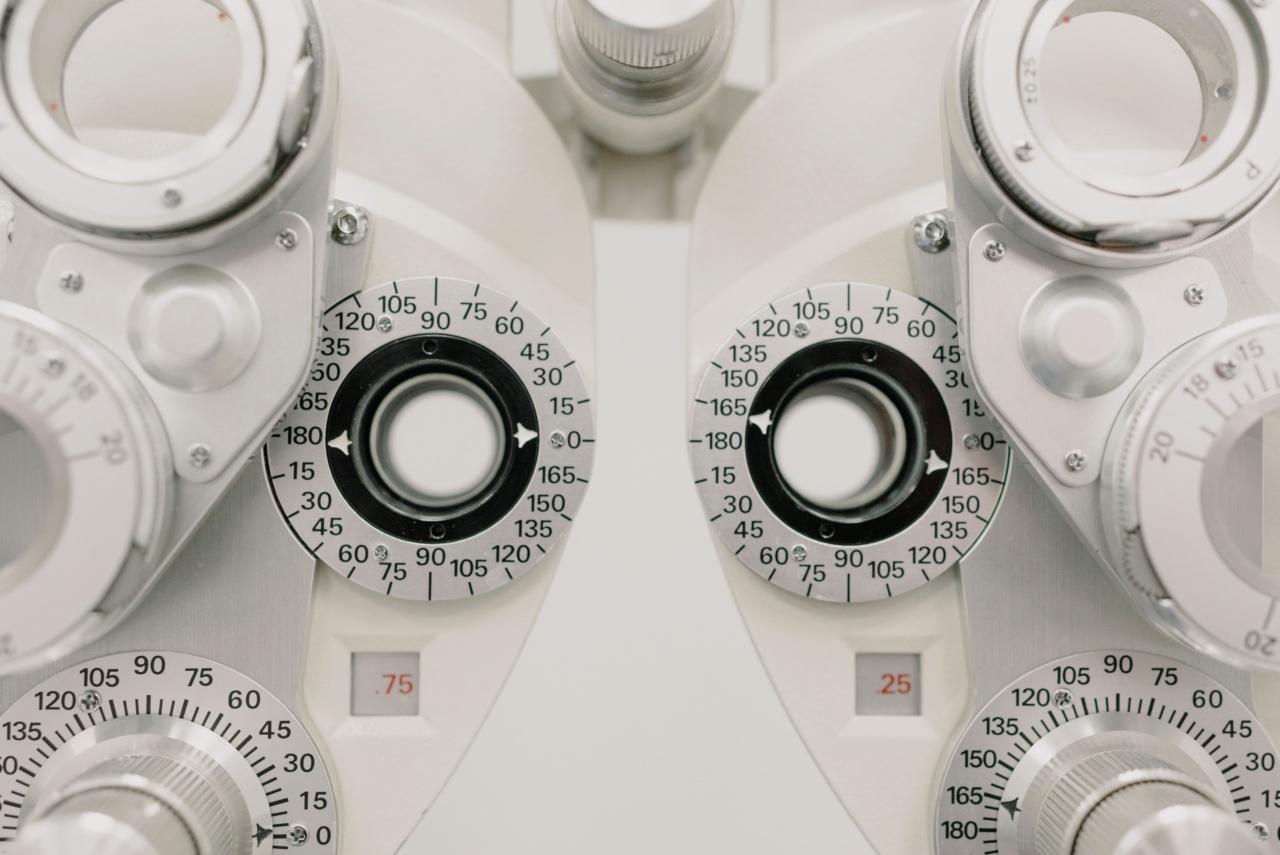When it comes to healthcare, the human body is an enigma full of surprises. Medical professionals are constantly discovering new connections and indicators that can help diagnose and treat various conditions.
One such surprising correlation has recently been found between ophthalmic examinations and vaginal fibrillation. In this article, we will explore the details of this fascinating discovery and its implications in the field of medicine.
The Ophthalmic Examination Process
Before delving into the connection between ophthalmic examinations and vaginal fibrillation, let us first understand what an ophthalmic examination entails.
Ophthalmic examinations involve the comprehensive assessment of the structures in and around the eyes. These examinations are commonly performed by ophthalmologists and optometrists to evaluate vision, detect eye diseases, and assess the overall health of the eyes.
What is Vaginal Fibrillation?
Vaginal fibrillation is a condition characterized by irregular contractions of the vaginal muscles. These contractions can cause discomfort, pain, and other unpleasant symptoms for those affected.
While typically associated with gynecological issues, recent research has suggested that there could be a link between vaginal fibrillation and ophthalmic health.
The Surprising Connection
Recent studies have revealed that certain signs and indicators found during ophthalmic examinations may also be present in individuals experiencing vaginal fibrillation.
One of the primary indicators noticed during these eye examinations is the presence of tiny blood vessels, known as microaneurysms, in the retina. Microaneurysms are often found in individuals with diabetes or hypertension and are considered early signs of vascular damage.
Interestingly, researchers have found a similar prevalence of microaneurysms in individuals diagnosed with vaginal fibrillation.
These findings suggest a potential correlation between the two conditions, possibly indicating an underlying vascular dysfunction that affects both the eyes and the vaginal muscles. Further research is needed to better understand this connection and its implications.
Possible Explanations
While the precise explanation for the connection between ophthalmic health and vaginal fibrillation remains unknown, several theories have been proposed.
One theory suggests that the vascular damage seen in patients with diabetes and hypertension may be responsible for both the microaneurysms in the retina and the irregular contractions in the vaginal muscles.
Another possibility is that the autonomic nervous system, which controls involuntary bodily functions such as muscle contractions, plays a role in both ophthalmic health and vaginal fibrillation.
Dysfunction within this system could contribute to the development of both conditions.
Implications for Diagnosis and Treatment
The discovery of a potential link between ophthalmic health and vaginal fibrillation opens up new possibilities for diagnosis and treatment.
Ophthalmic examinations are non-invasive and widely available, making them an accessible tool for detecting early signs of vascular dysfunction. By identifying microaneurysms during routine eye exams, healthcare professionals could potentially alert patients to the need for further evaluation and possible intervention.
Additionally, understanding the connection between these two seemingly unrelated conditions could lead to innovative treatment approaches.
By targeting the underlying vascular dysfunction, medical professionals may be able to develop therapies that address both ophthalmic issues and vaginal fibrillation simultaneously, providing patients with more effective and comprehensive care.
The Need for Further Research
While the initial findings are promising, it is crucial to note that further research is necessary to validate and expand upon these discoveries.
Large-scale studies involving diverse populations, as well as investigations into the underlying mechanisms, will help solidify the connection between ophthalmic health and vaginal fibrillation.
Furthermore, exploring the potential impact and long-term effects of this correlation will be essential for developing evidence-based guidelines and treatment strategies.
By continuing to investigate this intriguing relationship, the medical community can strive to improve healthcare outcomes for individuals experiencing both ophthalmic and gynecological issues.
Conclusion
The correlation between ophthalmic examinations and vaginal fibrillation is a testament to the complexity of the human body and its interconnected systems.
As medical professionals continue to uncover these unexpected connections, new doors open for early diagnosis and innovative treatment approaches.
By recognizing the indicators revealed during ophthalmic examinations, healthcare professionals can potentially identify individuals at risk for vaginal fibrillation or other gynecological conditions.
This newfound knowledge may pave the way for more targeted interventions and improved overall patient care.





























